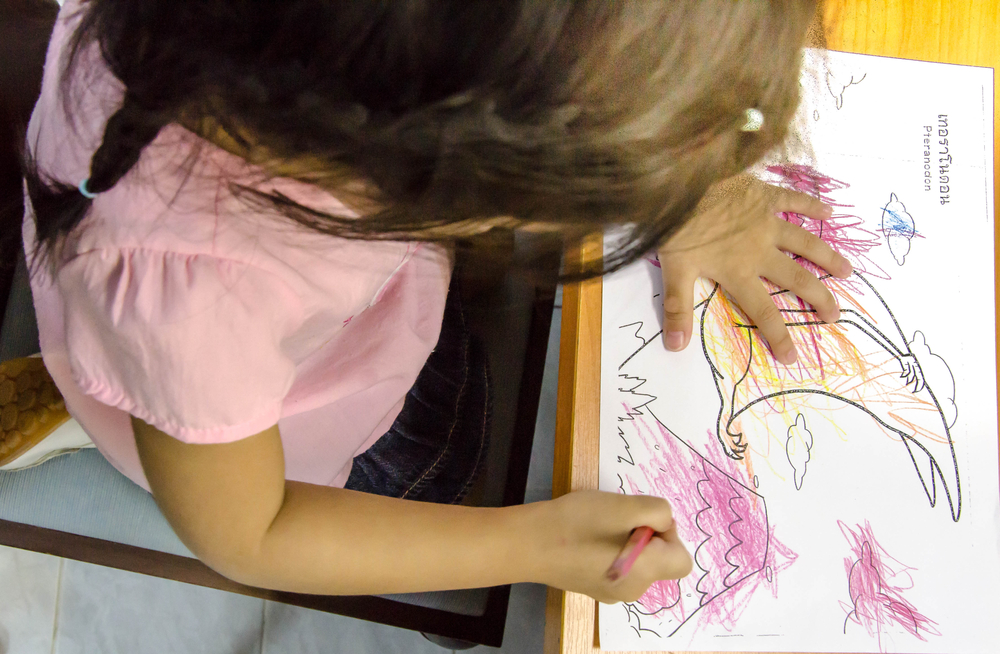Easy Feelings and Emotions Worksheets for Ages 3-7
4 filtered results
-
From - To
Discover our "Easy Feelings and Emotions Worksheets for Ages 3-7" to help little ones identify and express their emotions. Perfect for young learners, these engaging coloring pages and activities are designed to promote emotional development in a fun, interactive way. Each sheet features relatable scenarios that encourage kids to understand feelings like happiness, sadness, anger, and surprise. Ideal for classroom or home use, our easy-to-follow worksheets support your child’s emotional growth and language skills. Boost their confidence in expressing complex emotions through colorful, educational play. Download today and make learning about feelings a joyful experience!


Happy and Sad Words Coloring Worksheet


Mad and Scared Words Coloring Worksheet


Tired and Worried Words Coloring Worksheet


Happy Family Coloring Worksheet
Understanding and managing feelings and emotions is a critical skill for children ages 3-7, as it lays the foundation for their future interpersonal relationships and overall mental well-being. During these formative years, children are just beginning to recognize and express a wide variety of emotions, from happiness and excitement to frustration and sadness. Parents and teachers play a crucial role in guiding children through this learning process.
When children are taught to understand and verbalize their emotions, they become better equipped to handle social interactions and conflicts. This emotional literacy can lead to improved cooperation with peers, enhanced communication skills, and reduced behavioral problems. Equally important, children who are aware of their emotional states can more effectively use problem-solving skills to navigate challenges.
Moreover, being able to identify and express emotions helps in building empathy, allowing children to understand and respond to the feelings of others. This forms the bedrock of respectful and nurturing relationships throughout life. Providing a safe and supportive environment for children to explore their feelings also boosts their self-esteem and confidence.
Ultimately, ensuring that children are emotionally literate from a young age not only contributes to their immediate happiness and satisfaction but also promotes a healthier and more emotionally intelligent next generation.
 Assign to My Students
Assign to My Students












